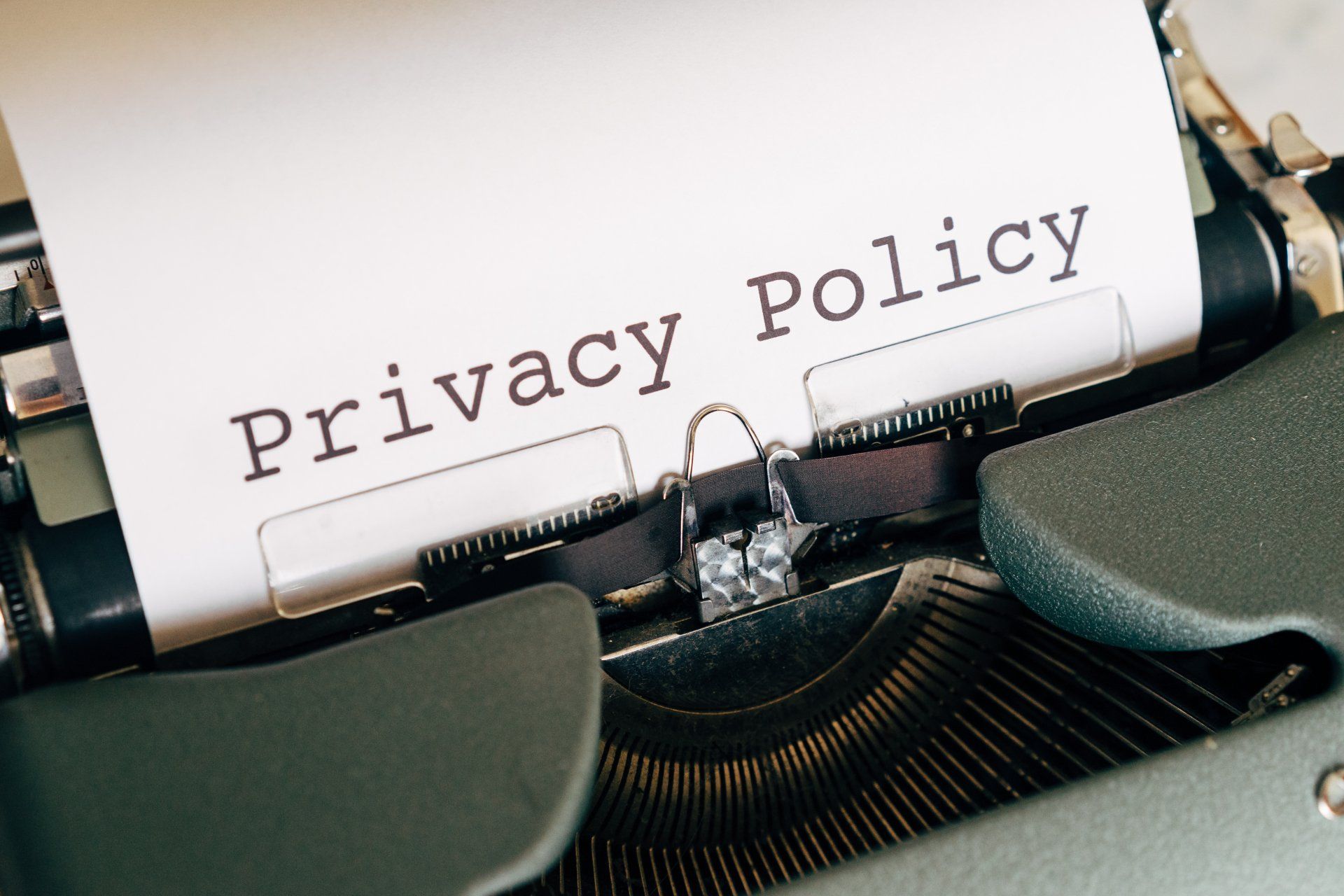IT Policy for Small Businesses
by Jon Lober | NOC Technology
What are the critical components of a small business's IT policy?

As a people-focused managed service provider (MSP), NOC Technology’s primary work is to empower and educate the humans behind the keyboards to take full advantage of their business technology. We spend a lot of time equipping our clients to respond to phishing attacks, manage clean databases, set up proper security protocols, and migrate to cloud-based services.
Today we want to address something that is a less technical in nature, but equally important to a healthy technology environment for your business.
A comprehensive IT policy forms the baseline of acceptable practice for the human element of any business technology system. In the modern workplace, technology has become so ubiquitous that proper policy might come as an afterthought, but like it or not, your company is now a tech company.
There are some compelling reasons to ensure that your business has a robust IT policy in place. Risks surrounding business technology continue to escalate. Ransomware attacks, expanding regulations regarding user privacy, loss of reputation due to poor social media management, and the work-from-home trend are driving many companies to re-evaluate their IT policies.
Here are a few of the most basic elements that every thorough IT policy should incorporate.
1. Privacy
How does your business protect the information of its employees and clients?
In addition to an ethical obligation to protect the private information of your clients and employees, many states have now passed legislation that regulates the handling of consumer data. In order to remain compliant, your privacy policy should at least specify what type of information you will collect, how you will use it, where you will store it, and when you can disclose it.
2. Acceptable Use of Technology
How are employees permitted to use the technology assets of your business?
An acceptable use policy should delineate the line between personal and business technology usage. Can employees use office printers for personal use? Can they use their personal email for business communication? Will your company pursue a BYOD (bring your own device) strategy?
These are the types of issues that an acceptable use policy should address. Employees should know when, how, and where they should use their business technology.
A major component of modern acceptable use policy is internet usage. What types of content are allowed or forbidden during office hours or on office internet? How will usage be monitored?
Make your expectations clear. Even if your employees do not agree with the policy, they will be grateful that they know where the line is.
3. Cybersecurity
How will you ensure the security of your business, employees, and clients in the digital realm?
By necessity, cybersecurity policies are growing increasingly complex and extensive. The potential for sudden and dramatic consequence is now too high to ignore. Your cybersecurity policy should outline password requirements, email security protocols, employee training regimens, acceptable cloud and app usage, cybersecurity insurance, device security (including MFA) expectations, update and upgrade schedules, minimum software and hardware solutions, encryptions standards, and backup measures.
4. Data Breach
How will your business prevent a data breach from occurring and respond if one does occur?
In its 2023 Report, IBM estimates that the average cost of a data breach for a US company is now a sobering 4.45 million dollars. Strong defensive measures can minimize the possibility of a serious attack. A solid response strategy can mitigate the impact if a data breach were to occur.
Data breach policies should cover contingency plans, employee training, incident response (IR) team structure and responsibilities, continual monitoring, and data governance (access) for sensitive data.
5. Social Media
How does your organization expect its employees to use their personal and business accounts during and outside of office hours?
Businesses often struggle to know how to regulate the double-edged sword of social media in the workplace. It can be a bottomless pit that consumes employee productivity but also provides an irreplaceable platform for client engagement and marketing.
A social media policy should address what type of content is unacceptable on an employee’s personal account, how (and if) employees can access their personal accounts while at work, and who can post what on official business accounts.
6. Work from Home
What are your business’s expectations for work-from-home employees?
This is a critical policy component that addresses many of the most dynamic questions from today’s professional workforce. Your policy should clarify who can work from home and how often they can do so. Critically, it should also
provide a framework for how work-from-home employees are expected to work with the rest of your team.
As you may have noticed, many of these policy components overlap. Cybersecurity in particular has its tentacles in nearly every other area of IT policy. However, the goal of good IT policy is not to form a useless piece of handbook filler, but to codify useful information for employees and managers—setting expectations, consequences, and guidelines that will protect your digital assets and help your company thrive in our technological world.




